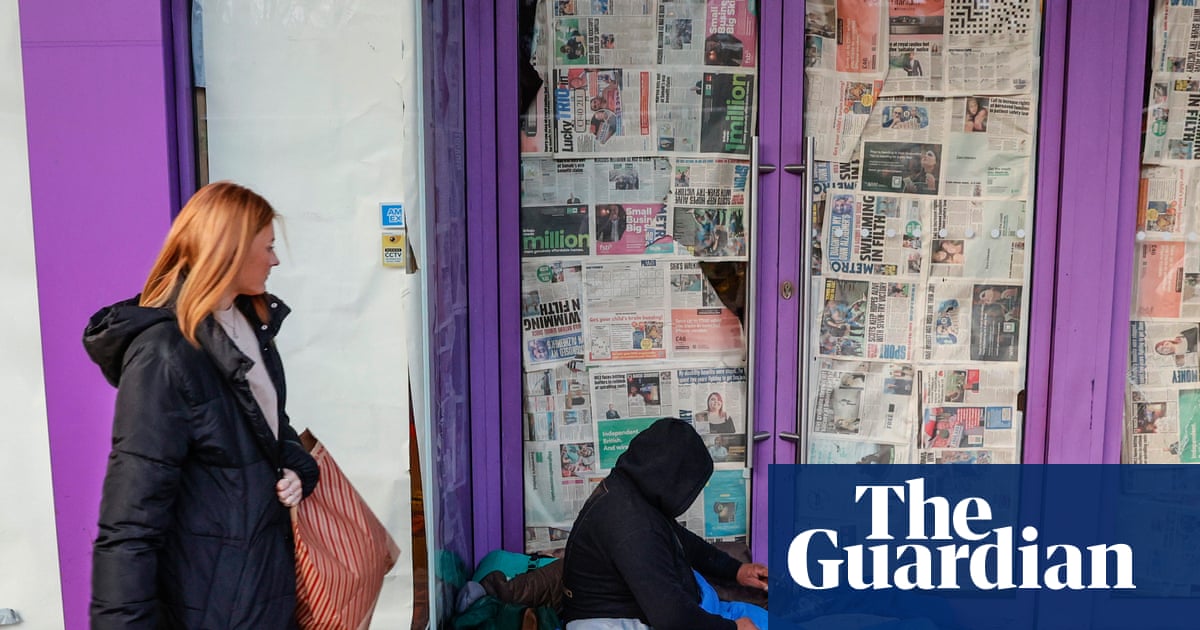Inflation rose slightly in August as companies continued to push the cost of tariffs onto consumers.
The newest update to the consumer price index (CPI), which measures a basket of goods and services, showed that prices increased 2.9% over the last year – the highest since January. Core CPI, which excludes energy and food costs, stayed stable at 3.1% after going up in July.
Despite this slight uptick in inflation, Wall Street remains optimistic that the Federal Reserve will cut interest rates at the central bank’s board meeting next week. The Fed is under intense pressure from Donald Trump to cut rates, but the decision looks likely to be led by fears that the US jobs market is weakening.
Investors are anticipating a quarter-point rate cut. Rates currently stand at a range of 4.25% to 5.5%.
US stocks shot up on Wednesday after the producer price index, which tracks wholesale prices, showed a slight dip in August after a steep rise in July, making investors hopeful that inflation – while still rising – is going up at a slow pace.
The Fed has refrained from cutting rates over the past year, citing instability in the economy introduced by federal immigration and trade policies. The central bank has been on a years-long mission to bring inflation down to a target of 2%, a level that hasn’t been seen since early 2021. Higher interest rates help temper rising costs, but at the risk of slowing other parts of the economy, including the labor market.
At his closely watched speech at the Fed’s Jackson Hole symposium last month, chair Jerome Powell said that recent economic circumstances “may warrant adjusting our policy stance”, which many investors took as a signal that the Fed will drop rates.
Powell said that while tariffs have started pushing prices up, with no clear end, a slowdown in the jobs market has caught the attention of the Fed. Powell said that the “downside risks to employment are rising”.
“If those risks materialize, they can do so quickly in the form of sharply higher layoffs and rising unemployment,” Powell said.
Data released in early August painted a concerning picture of the labor market, as initial jobs figures for May and June were revised down by a total of 258,000. The White House quickly blamed the Bureau of Labor Statistics (BLS), the government agency that collects and reports employment data, for the gaps. But economists pointed out that uncertainty introduced by Trump’s tariffs likely caused delays in survey collection.
Last week, BLS revised down figures from June again, and the number of jobs added to the economy went into the negative for the first time since December 2020. The unemployment rate also went slightly up to 4.3%, the highest since 2021.
The Fed is scheduled to announce any changes to the interest on 17 September.

 1 month ago
51
1 month ago
51

















































